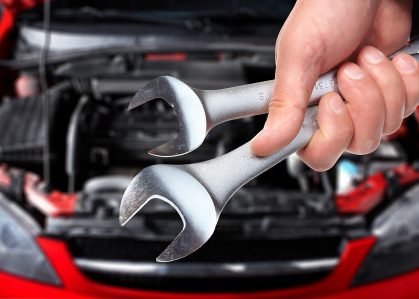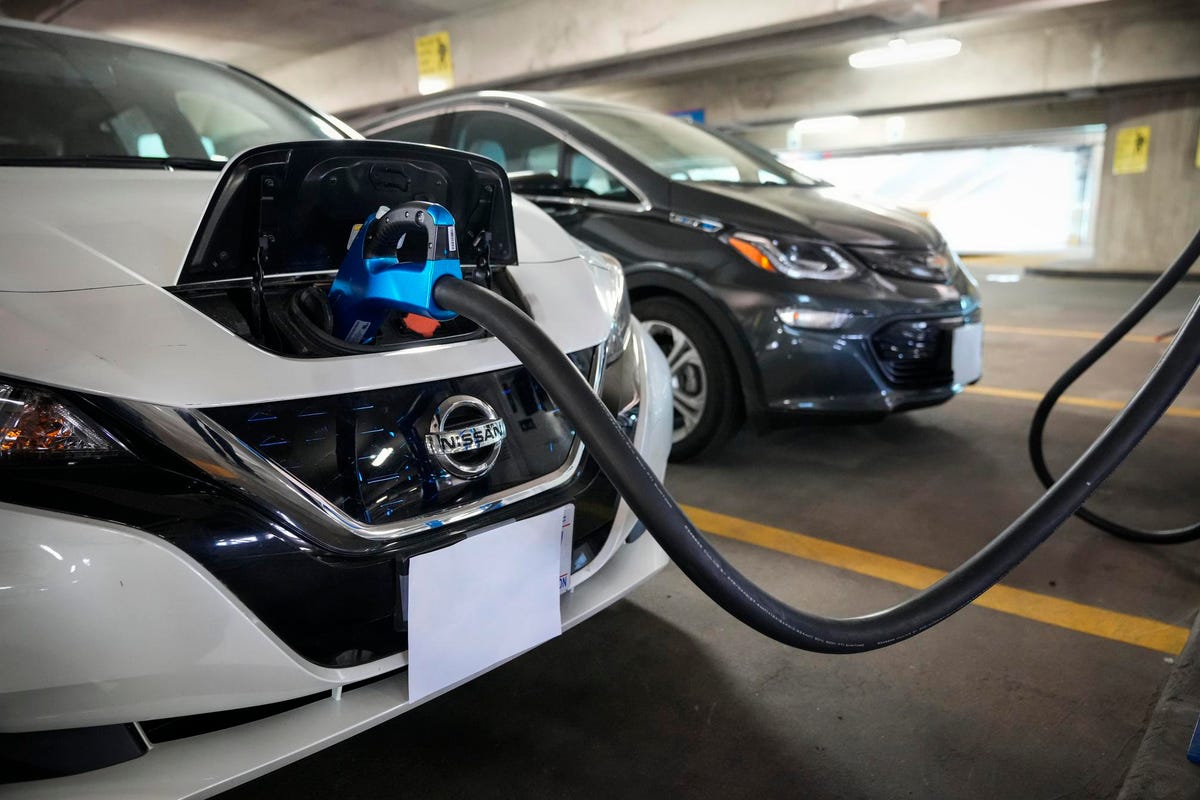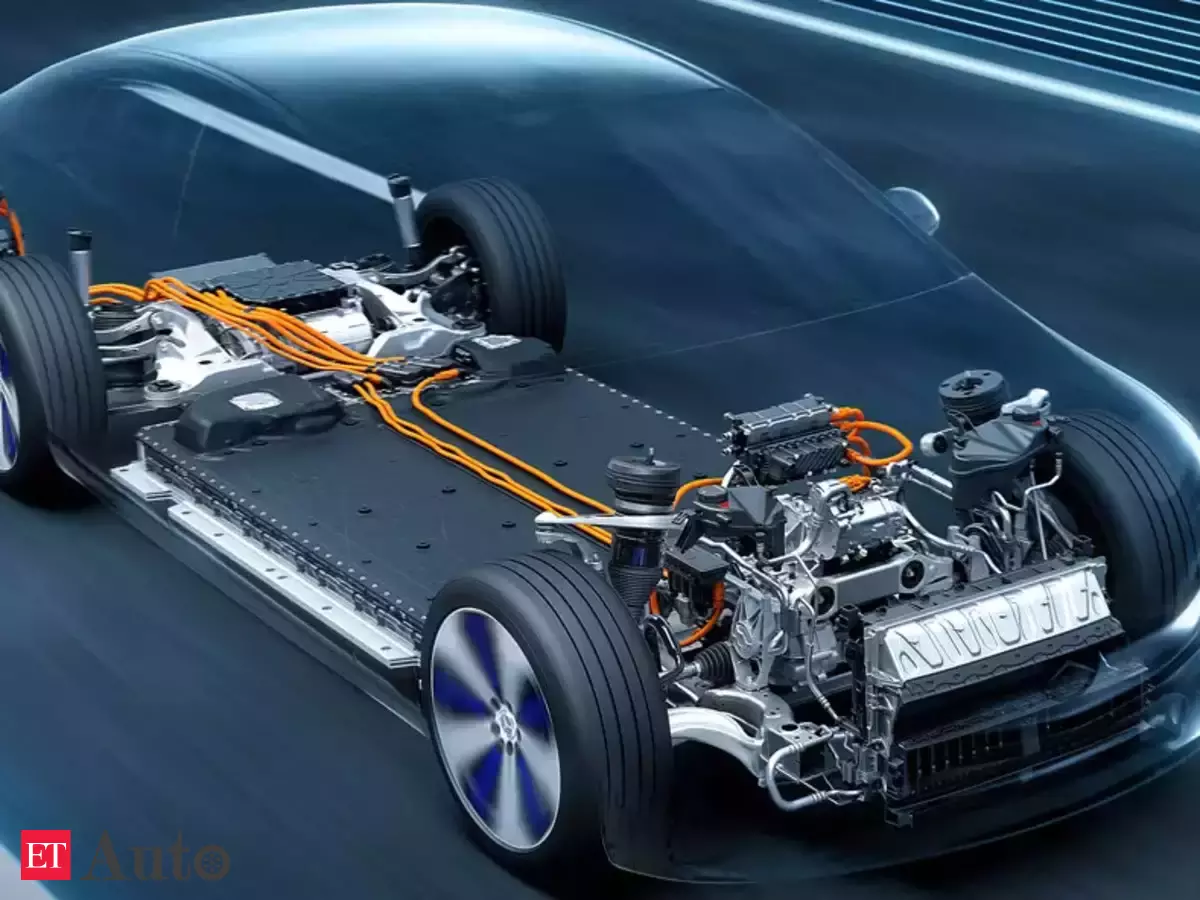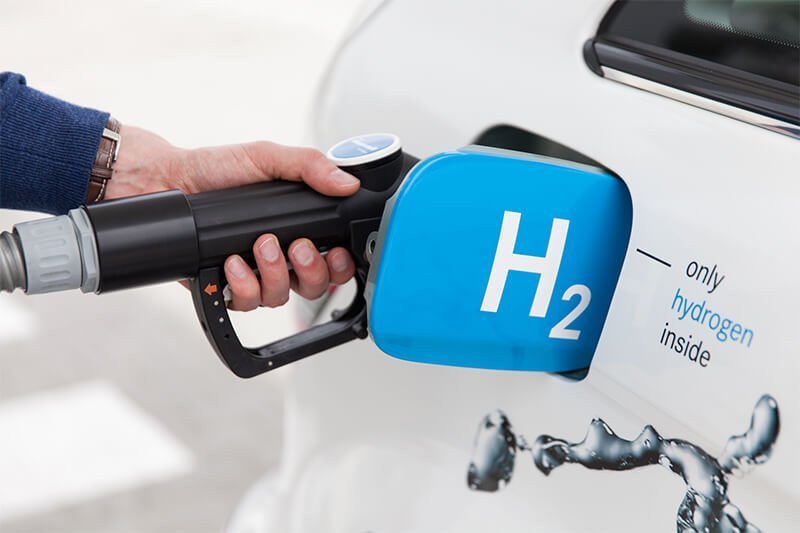Key Trends In The Automotive Aftermarket

The automobile aftermarket is about to undergo major transformations. Customer expectations are evolving, new technologies are being adopted faster, and competitive power is shifting. These innovations will also profoundly alter value generation and business strategies in the car aftermarket.
The introduction of new technologies, as well as the market adjustments that come with them, are forcing aftermarket companies to evaluate their positions and be strategic about sustaining competitive advantages in a fast-changing environment. We know from previous disruptions in other industries that failing to have the right policies in place to deal with these disruptions can result in decline not just for individual, established firms, but also for entire sub industries.
Trends in the Automotive Aftermarket
Disruptions along the value chain, a change in end-customer access, and a shift in profit pools are all consequences of these shifts. Existing industry actors, as well as new entrants, will generate disruptions along the value chain. Producers of software and electric-vehicle (EV) components will be at the start of the chain. Furthermore, the traditional parts-distributor industry will be disrupted by e-commerce and digital players, and workshops will see a proliferation of specialized players (for example, EV or fleet maintenance). Intermediaries will be needed by both start-ups and incumbents, who will seize opportunities to connect customers and services in novel ways.
- Vehicles with a Longer Service Life
The average age of autos is continuously increasing as technology advances and vehicles become more durable. The average age of autos has risen roughly 16 percent from 2002, from 9.78 to 11.33 years. Even more amazing is the fact that just over 10% of that growth occurred in the last five years. Other light vehicles, such as pickup trucks and light vans, have also seen an increase in their average age.
Longer-lasting cars are a windfall for aftermarket auto parts makers, as older vehicles require more repairs and upkeep, necessitating additional aftermarket parts.
- Sales of Automobiles
Automobile original equipment manufacturers (OEMs) are increasingly globalizing to meet up with demand as global vehicle registrations rise. Registrations surpassed 77 million in 2014, and by 2023, 1.5 billion total vehicles are estimated to be in use worldwide. New manufacturing platforms are being developed in expanding global markets as OEMs expand, allowing for more units to be produced per platform. However, the total number of platforms is reducing, which means that the number of vehicles produced per platform is increasing.
Many OEMs are also introducing standardized modular vehicle design, which allows for the usage of similar aftermarket car components all around the world, which is a big plus for international aftermarket part sellers.
- E-Commerce and Direct Selling
However, not all industry changes benefit aftermarket auto part producers. For example, the rapid growth of e-commerce is posing numerous challenges to manufacturers. Aftermarket car component competition has risen considerably as e-commerce effectively opens up the industry, making low-cost imports much more accessible to both the B2B and B2C sectors.
Over the last decade, the rise of e-commerce has resulted in greater channel consolidation, changing the power balances in the industry. Consumers have come to demand easy and reliable automotive parts availability, therefore selling directly to end consumers and businesses through digital channels has become increasingly prevalent, and will certainly become the norm in the future years.
For the client, the new value-chain design will result in greater price transparency throughout the value chain. New touchpoints will be developed, allowing new entrants access to end customers while potentially limiting end-customer access for existing companies. Customers will also become more reliant on automated systems and recommendations. Finally, due to the increased number of professional fleet operators in the aftermarket, there will be a transition from private to commercial needs. For each stakeholder group, the shifts will be bidirectional, and the new distribution will be determined by how well the various stakeholders posture themselves in the new aftermarket ecosystem.
Areas for Action:
- OEMs will be able to protect their core business while also bolstering their independent aftermarket position. OEMs must become more customer-centric and improve their approach to client segmentation and experience in order to protect market share and sales volume. Furthermore, the implementation of multichannel tactics will aid in the defense of the top line against newcomers with digital genes. Another lever that needs to be pushed in emerging markets is a shift in focus to the aftermarket. OEMs must look beyond new-car sales and become more involved in the traditional playing fields of the independent aftermarket as the number of older vehicles climbs.
- Alternative sales, branding, and pricing methods will be investigated by suppliers. Additional sales channels can be developed by suppliers to promote direct customer access. Introduction of a second pricing line with a differentiated brand, forward integration along the value chain, or giving garage concepts to a wide range of workshops are all successful industry examples. Suppliers should, at the same time, actively respond to competitive pressure and consolidation by forming agreements with the strongest wholesalers or digital players, or by pursuing multi-brand strategies.
- Workshops to help professionals become more professional in order to deal with ever-increasing complexity. For workshops to increase their ability to manage the increasing technological complexity of next-generation automobiles, they will need to invest in hiring, training, and equipment. They should invest in enabling a genuinely digital customer journey while also considering a brick-and-mortar makeover to build on a new customer care mindset on the customer-facing side. Finally, workshops should consider how to distinguish themselves from competing networks.
Conclusion
A number of trends will have a big impact on the automobile aftermarket industry's future landscape. All value-chain companies must now act to define the future industry landscape, ensure their competitiveness, and possibly grow into hitherto unexplored profit pools. Injection molding services are also provided by companies like Xometry, which is an on-demand custom manufacturer specializing in 3D printing using a variety of procedures. OEMs can use 3D printing to produce low-volume spare parts on an as-needed basis, as tooling costs are a major factor in the high cost of aftermarket components.











